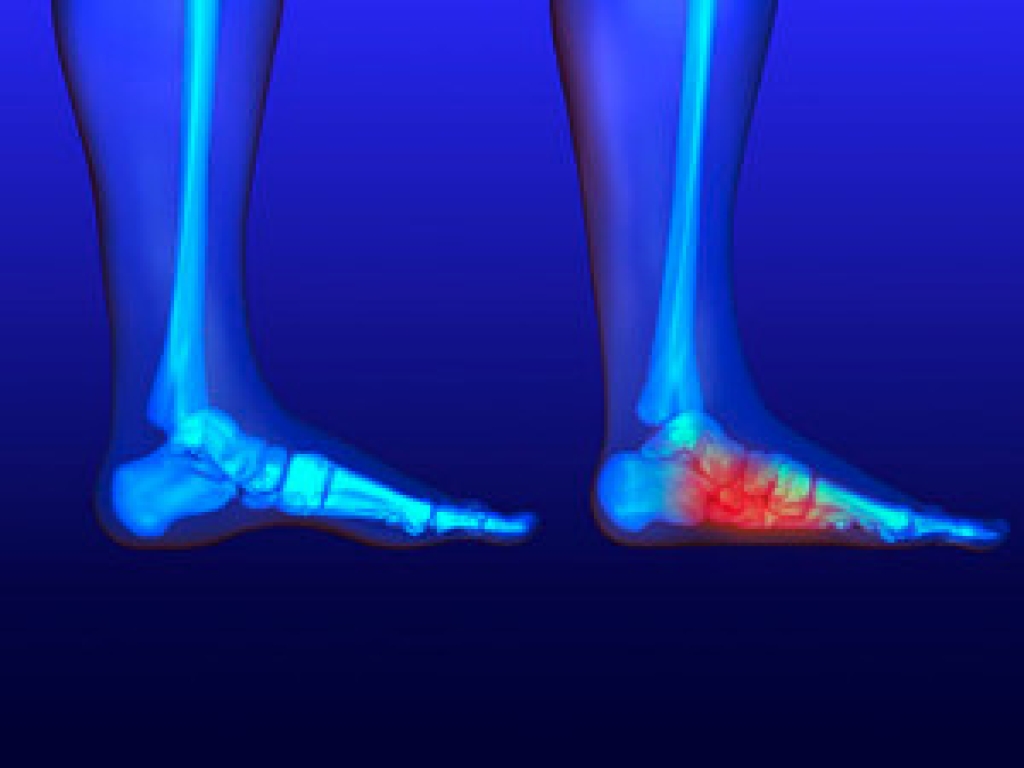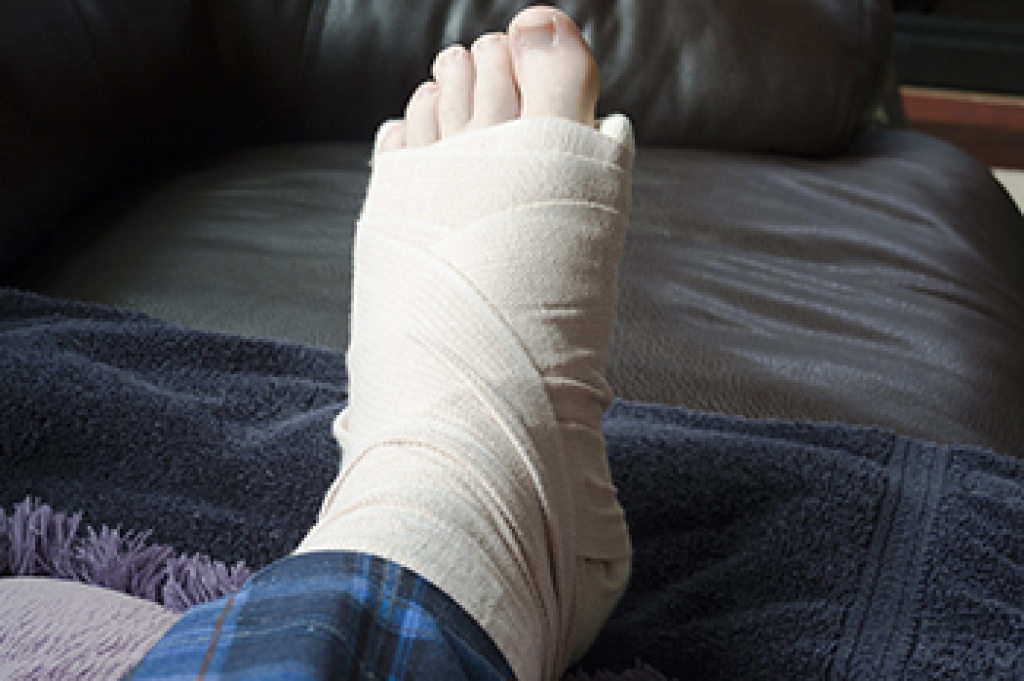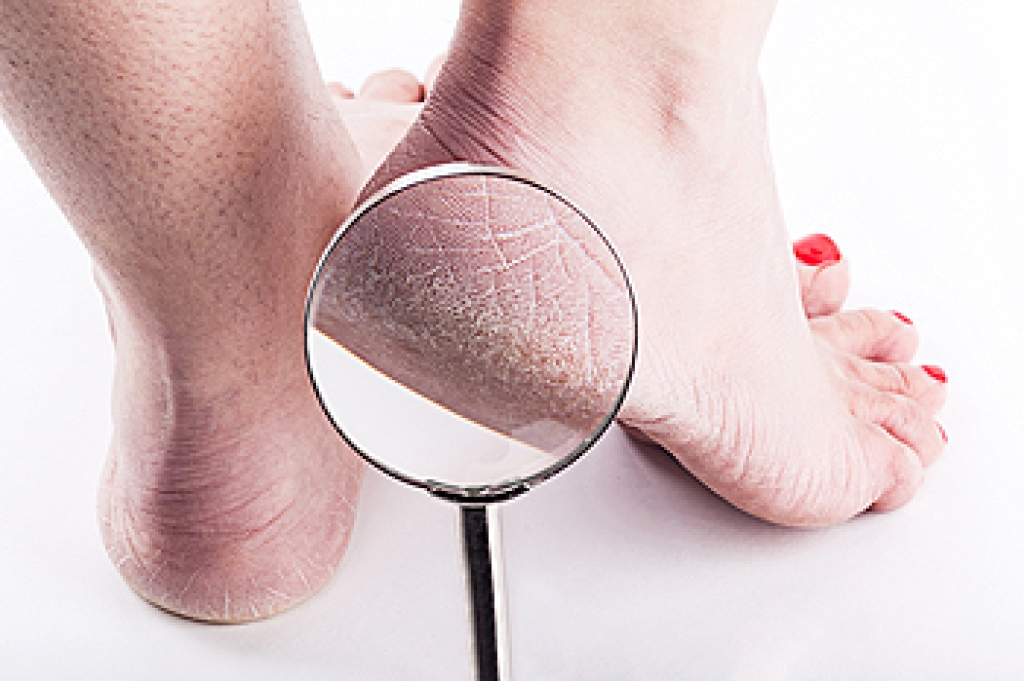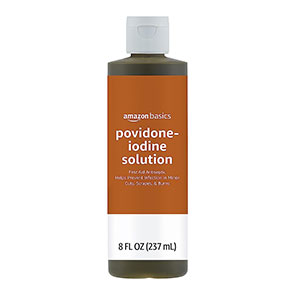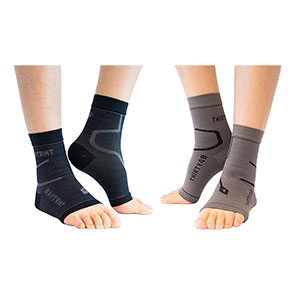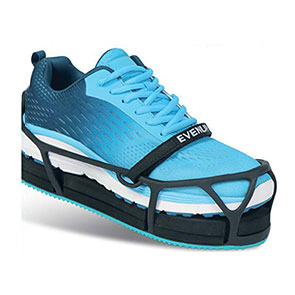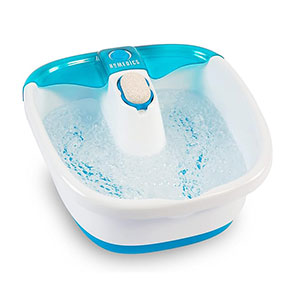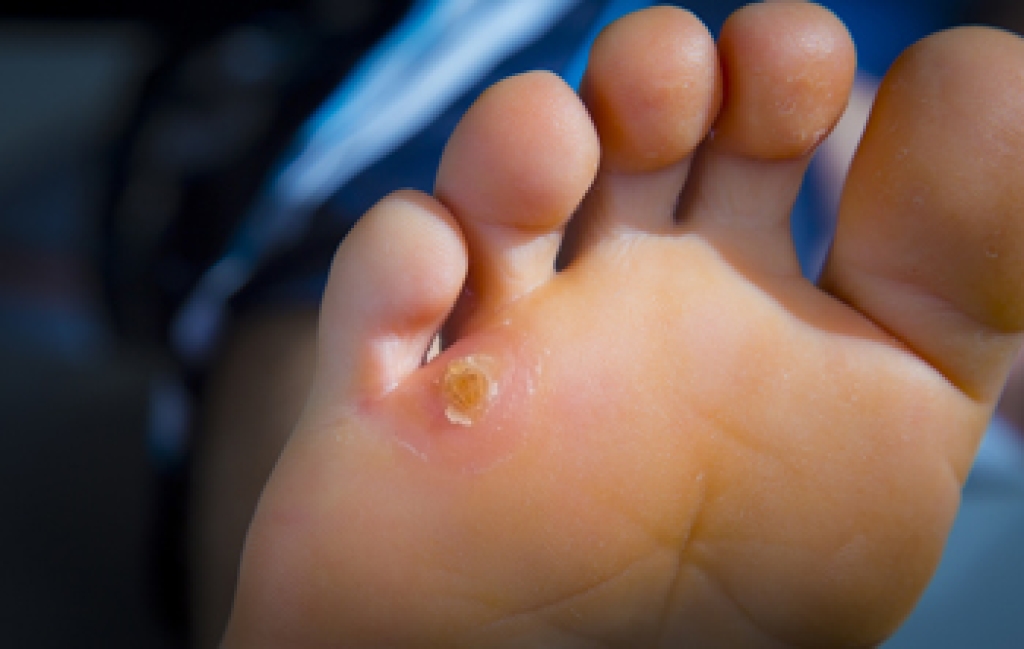
Foot corns are common. They resemble calluses but they are smaller, harder, and often more painful. The discomfort and irritation caused by corns is a result of the body’s response to friction or pressure from repetitive actions or ill-fitting shoes that cause friction. There are three types of corns. A hard corn is the most common type of corn and is a small, concentrated area of hard skin, usually found within a wider area of thickened skin. A soft corn is white or gray in color and has a rubbery texture. Hard and soft corns usually show up between toes. A seed corn is often found on the bottom of the foot and is smaller. Corns can be safely treated, and it is possible to prevent future corns. First, stop movements that cause repetitive pressure on your feet and wear well-fitting shoes that do not rub against the feet and cause pain. If the corn does not go away, see a podiatrist who can provide additional and successful treatment of corns.
If you have any concerns regarding your feet and ankles, contact Kinna Patel, DPM of Sava Podiatry & Wellness Centers. Our doctor will treat your foot and ankle needs.
Corns: What Are They? and How Do You Get Rid of Them?
Corns can be described as areas of the skin that have thickened to the point of becoming painful or irritating. They are often layers and layers of the skin that have become dry and rough, and are normally smaller than calluses.
Ways to Prevent Corns
There are many ways to get rid of painful corns such as wearing:
- Well-fitting socks
- Comfortable shoes that are not tight around your foot
- Shoes that offer support
Treating Corns
Treatment of corns involves removing the dead skin that has built up in the specific area of the foot. Consult with Our doctor to determine the best treatment option for your case of corns.
If you have any questions, please feel free to contact our office located in Smyrna, GA . We offer the newest diagnostic and treatment technologies for all your foot care needs.
